

Articles
How To Store A Wool Blanket
Modified: January 5, 2024
Learn the best tips and tricks for storing wool blankets in this informative article. Keep your blankets fresh and cozy all year round.
(Many of the links in this article redirect to a specific reviewed product. Your purchase of these products through affiliate links helps to generate commission for Storables.com, at no extra cost. Learn more)
Introduction
When it comes to high-quality blankets, wool blankets are a popular choice due to their warmth, durability, and natural insulation properties. Whether you have a cherished family heirloom or a new addition to your collection, proper storage is essential to preserve the beauty and longevity of your wool blanket.
In this article, we will guide you through the process of storing a wool blanket effectively. By following these steps, you can ensure that your wool blanket remains in excellent condition, ready to provide warmth and comfort whenever you need it.
Key Takeaways:
- Properly storing a wool blanket involves cleaning, choosing the right container, folding correctly, adding mothballs, storing in a cool, dark place, and periodic checks. These steps ensure the blanket remains in excellent condition for years to come.
- By following the steps outlined in this article, you can ensure that your wool blanket remains in pristine condition, ready to provide warmth and comfort whenever you need it.
Read more: How To Store Wool Blankets
Step 1: Clean the Wool Blanket
Before storing a wool blanket, it is crucial to clean it thoroughly. Even if the blanket appears to be clean, there may be accumulated dust, dirt, or stains that can attract pests or cause damage over time.
Start by checking the care label on your wool blanket. Most wool blankets can be either hand washed or dry cleaned, depending on the manufacturer’s instructions. If you prefer to clean the blanket at home, follow these steps:
- Fill a basin or bathtub with lukewarm water and add a mild wool detergent. Avoid using harsh chemicals or hot water, as they can damage the wool fibers.
- Gently submerge the wool blanket in the water and agitate it to ensure that the detergent reaches every part of the fabric. Let it soak for about 15 minutes.
- Rinse the blanket thoroughly with clean water until all the soap residue is removed.
- Press out the excess water from the blanket without wringing or twisting it. You can gently squeeze it or roll it in a clean towel to absorb moisture.
- Spread the wool blanket flat on a clean surface, away from direct sunlight or heat sources, to air dry. Make sure to flip it occasionally to promote even drying.
If you are unsure about washing the wool blanket yourself or if it has intricate designs or special embellishments, it is best to take it to a professional dry cleaner. They have the expertise and equipment to clean wool blankets without causing any damage.
By cleaning the wool blanket before storage, you remove any potential dirt or stains that can attract pests and help maintain its quality during the storage period.
Step 2: Choose the Right Storage Container
Once your wool blanket is clean and dry, the next step is to choose the right storage container. The container you select should provide protection against dust, moisture, and pests while allowing the blanket to breathe.
Avoid using plastic bags or airtight containers as they can trap moisture and promote the growth of mold and mildew. Instead, opt for breathable storage options such as cotton or linen storage bags or acid-free archival boxes.
Here are some factors to consider when choosing a storage container for your wool blanket:
- Size: Select a container that allows the wool blanket to be folded or rolled loosely without compressing it too much. This helps to maintain the natural loft and prevents creases from forming.
- Material: Opt for natural fibers like cotton or linen that allow air circulation and are gentle on the wool fibers. Avoid containers made of materials that can transfer colors or chemicals to the blanket.
- Protection: Look for containers with a secure closure mechanism, such as a zipper or latches, to keep out dust, insects, and pests. Additionally, consider using acid-free tissue paper to prevent direct contact between the wool blanket and the container.
- Labeling: Use labels or tags to identify the contents of each storage container. This will make it easier to locate and retrieve your wool blanket when needed.
Remember to thoroughly clean and dry the storage container before placing your wool blanket inside to prevent any potential dirt or contaminants from transferring onto the blanket.
By choosing the right storage container, you can ensure that your wool blanket remains protected and in optimal condition during storage.
Step 3: Fold the Wool Blanket Correctly
Properly folding your wool blanket is essential for maintaining its shape and preventing excessive creasing. Follow these steps to fold your wool blanket correctly:
- Start by laying your wool blanket flat on a clean and spacious surface, ensuring there are no wrinkles or folds.
- If your blanket has a rectangular shape, fold one side inwards towards the center, about one-third of the width of the blanket.
- Next, fold the other side inwards towards the center, overlapping the first fold. This will help ensure that the edges are aligned evenly.
- Now, fold the bottom edge of the blanket towards the center, leaving a small gap between the fold and the top edge.
- Finally, fold the top edge of the blanket downwards, overlapping the previous fold. The blanket should now be neatly folded into a compact rectangle.
If your wool blanket is larger or has an irregular shape, you may need to adjust the folding technique accordingly. The goal is to create a folded blanket that is compact and easy to store.
Remember to avoid folding the blanket too tightly, as excessive pressure can cause permanent creases or damage to the wool fibers. Give the blanket some room to breathe within the folds.
Properly folding your wool blanket not only saves space but also helps maintain its shape and overall quality during storage.
Store your wool blanket in a cool, dry place away from direct sunlight to prevent fading and damage. Avoid storing in plastic, as it can trap moisture and lead to mildew. Instead, use a breathable cotton storage bag.
Step 4: Add Mothballs or Natural Repellents
Protecting your stored wool blanket from moth damage is crucial to ensure its longevity. Moths are attracted to natural fibers like wool and can cause irreparable damage if left unchecked. To deter moths and other pests, consider using mothballs or natural repellents.
Here are a few options for adding mothballs or natural repellents to your storage container:
- Mothballs: Mothballs are widely available and can be effective in keeping moths away. Place a few mothballs in a breathable cotton pouch and add it to the storage container. However, be aware that mothballs contain chemicals that can impart a strong odor to the wool blanket. Make sure the mothballs do not come into direct contact with the blanket to prevent any potential damage.
- Natural repellents: If you prefer to use natural methods, there are several options available. Cedar chips or blocks, lavender sachets, or dried rosemary can act as natural moth repellents. Place these natural repellents in pouches or wrap them in a breathable fabric and add them to the storage container. These natural options not only repel moths but also emit a pleasant scent.
It’s important to note that some people may be sensitive to the strong scent of mothballs or certain natural repellents. If you or anyone in your household is sensitive or allergic, consider alternative methods of pest prevention or consult with a professional for advice.
By utilizing mothballs or natural repellents, you can protect your wool blanket from potential moth damage during storage.
Read more: How To Wash A Wool Blanket
Step 5: Store the Wool Blanket in a Cool, Dark Place
Choosing the right location for storing your wool blanket is crucial to ensure its preservation. Exposure to excessive heat, sunlight, and humidity can damage the delicate wool fibers and lead to discoloration or deterioration.
Here are some guidelines for selecting an ideal storage location:
- Cool temperature: Find a storage area with a cool and consistent temperature. Fluctuations in temperature can cause the wool fibers to expand and contract, leading to damage over time. Avoid storing the wool blanket in areas prone to extreme temperature variations.
- Darkness: Sunlight can fade and weaken the colors of your wool blanket. Opt for a storage location that is away from direct sunlight or artificial light sources. If possible, store the blanket in a dark area to help preserve its vibrancy.
- Dryness: Moisture is the enemy of wool. Avoid storing the blanket in damp or humid areas, as it can lead to mold, mildew, and musty odors. Ensure that the storage location is dry and well-ventilated.
Common storage areas that meet these criteria include linen closets, under-bed storage, or dedicated storage spaces like a cedar-lined chest or armoire.
When storing the wool blanket, place it inside the chosen storage container, ensuring it is folded or rolled loosely to prevent unnecessary creasing. Avoid overcrowding the container, as it can compress the blanket and affect its overall condition.
Remember to check the storage location periodically for any signs of pests or moisture. If you notice any issues, address them promptly to protect your wool blanket.
By storing your wool blanket in a cool, dark place, you provide it with optimal conditions for long-term storage and protect it from potential damage.
Step 6: Check and Rotate the Wool Blanket Periodically
Even though your wool blanket is safely stored, it’s essential to periodically check and rotate it to ensure its continued preservation. Checking and rotating the blanket helps to prevent any potential issues that may arise during storage.
Here are a few steps to follow:
- Every few months, carefully inspect the wool blanket for any signs of damage, discoloration, or pest activity. Look for holes, stains, or any other issues that may require attention.
- If you notice any pests such as moths or carpet beetles, take immediate action to eliminate them. Remove the affected blanket from the storage container and vacuum it thoroughly to remove any pests or larvae. Consider contacting a pest control professional for further assistance if needed.
- While checking the wool blanket, also assess the storage container for any signs of moisture or pests. If necessary, clean and dry the container before returning the blanket.
- Rotate the blanket within the storage container. By unfolding and refolding it in a different way or rearranging the layers, you prevent certain areas from staying compressed for long periods. This helps maintain the integrity of the wool fibers and prevents permanent creasing.
Regularly checking and rotating your wool blanket ensures that any potential issues are addressed promptly, preventing further damage and preserving its quality.
Remember to handle the wool blanket with clean, dry hands to avoid transferring oils, dirt, or moisture onto the fabric during these check-ups.
By implementing this step into your storage routine, you can enjoy your wool blanket for years to come.
Conclusion
Storing a wool blanket properly is essential for maintaining its beauty, longevity, and functionality. By following the steps outlined in this article, you can ensure that your wool blanket remains in pristine condition, ready to provide warmth and comfort whenever you need it.
Remember to start by cleaning the wool blanket thoroughly to remove any dirt, stains, or potential attractants for pests. Choose a suitable storage container that allows the blanket to breathe while providing protection against dust, moisture, and pests. Folding the wool blanket correctly helps to avoid excessive creasing or damage to the fibers.
Consider adding mothballs or natural repellents to prevent moth damage, but be mindful of the scent and potential allergic reactions. Store the wool blanket in a cool, dark place away from sunlight, heat, and humidity.
Don’t forget to periodically check and rotate the wool blanket to address any potential issues and maintain its overall condition. Inspect for damage, pests, and moisture, and make any necessary adjustments or treatments.
By taking these steps and investing a little time and effort into proper storage, you can enjoy your wool blanket for years to come. Prolonging the life of your wool blanket not only maintains its practicality but also preserves its sentimental value as a cherished item.
So, whether you have a treasured family heirloom or a newly acquired wool blanket, follow these steps and rest assured that it will remain in excellent condition, ready to provide warmth, comfort, and beauty whenever you need it.
Frequently Asked Questions about How To Store A Wool Blanket
Was this page helpful?
At Storables.com, we guarantee accurate and reliable information. Our content, validated by Expert Board Contributors, is crafted following stringent Editorial Policies. We're committed to providing you with well-researched, expert-backed insights for all your informational needs.
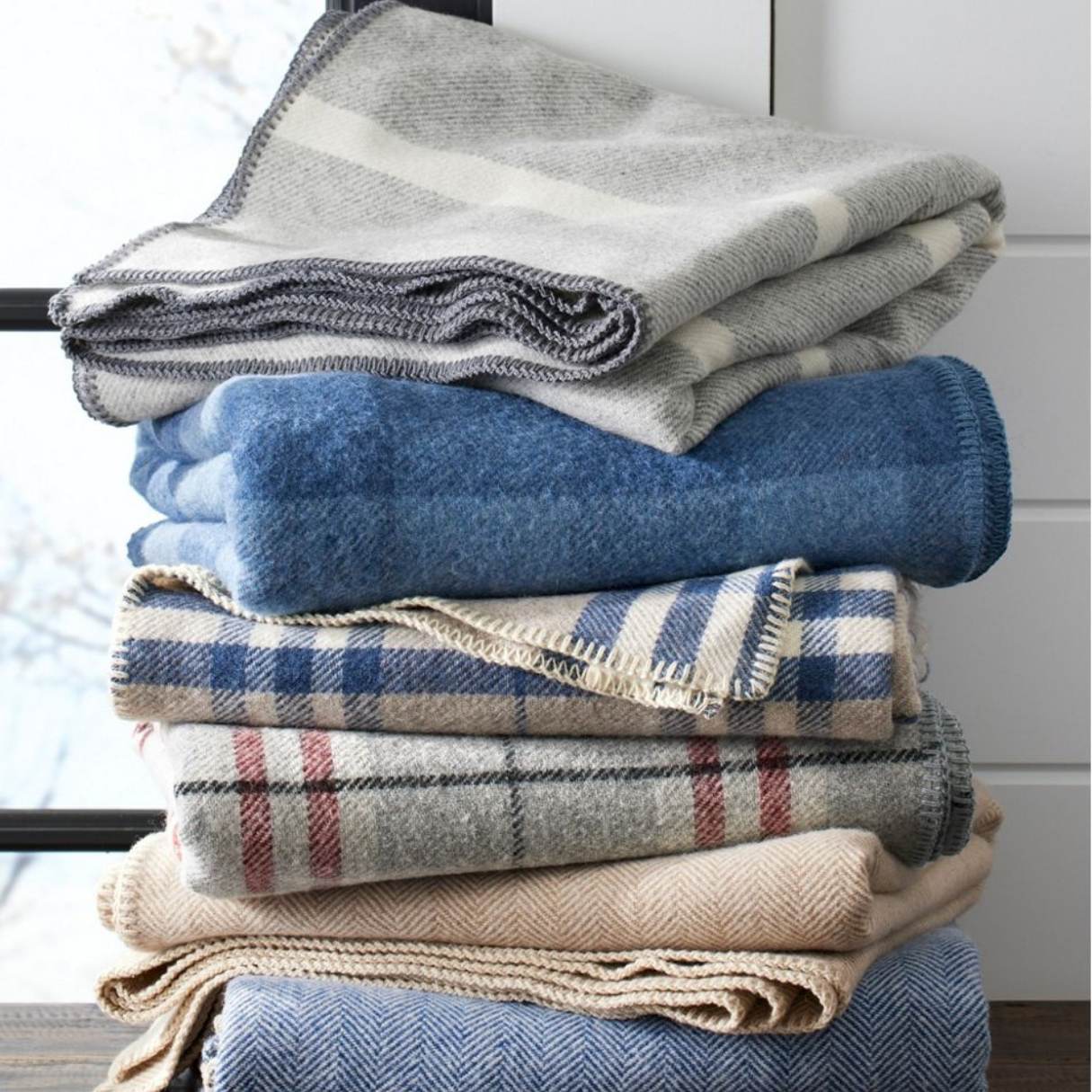
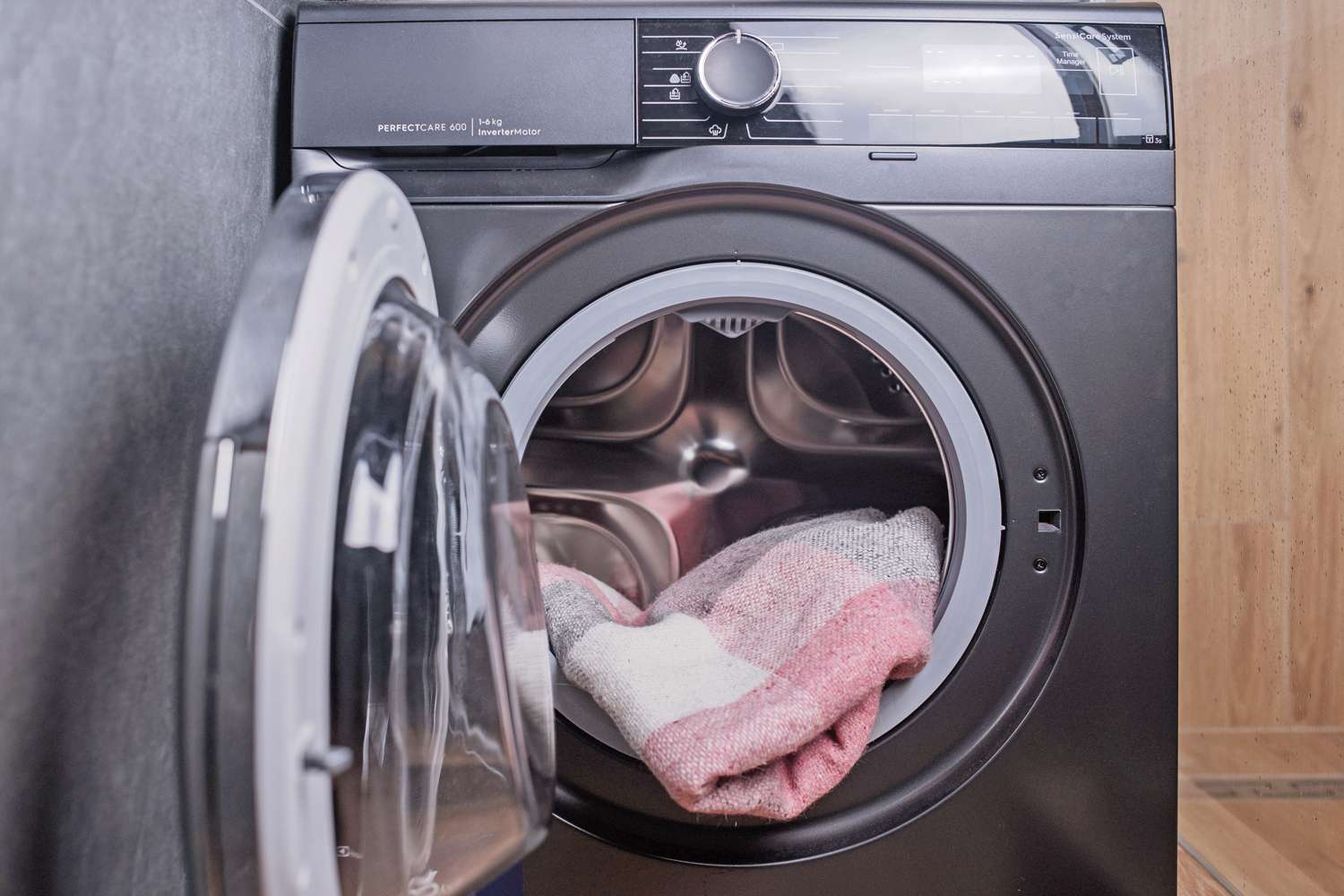
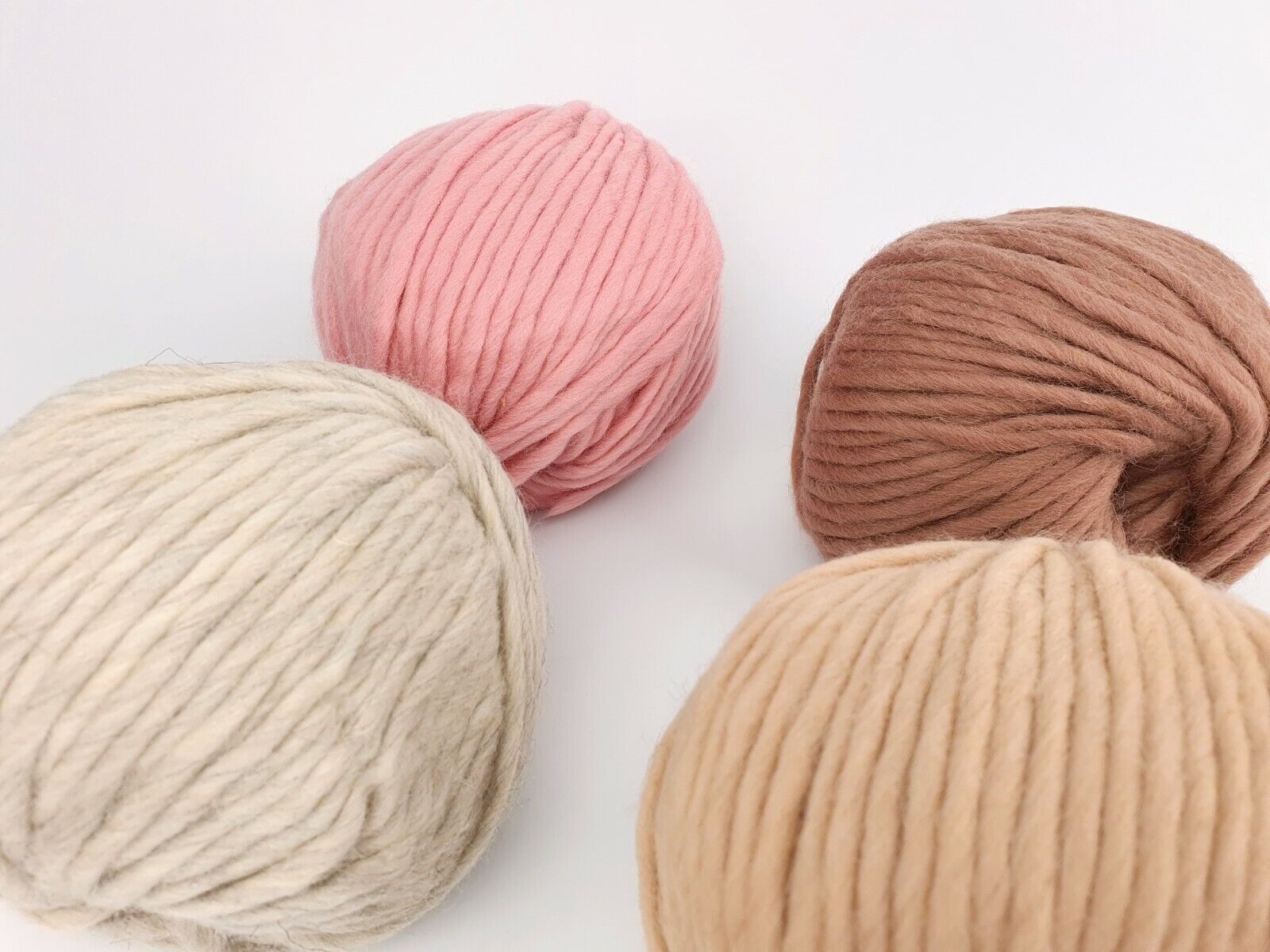
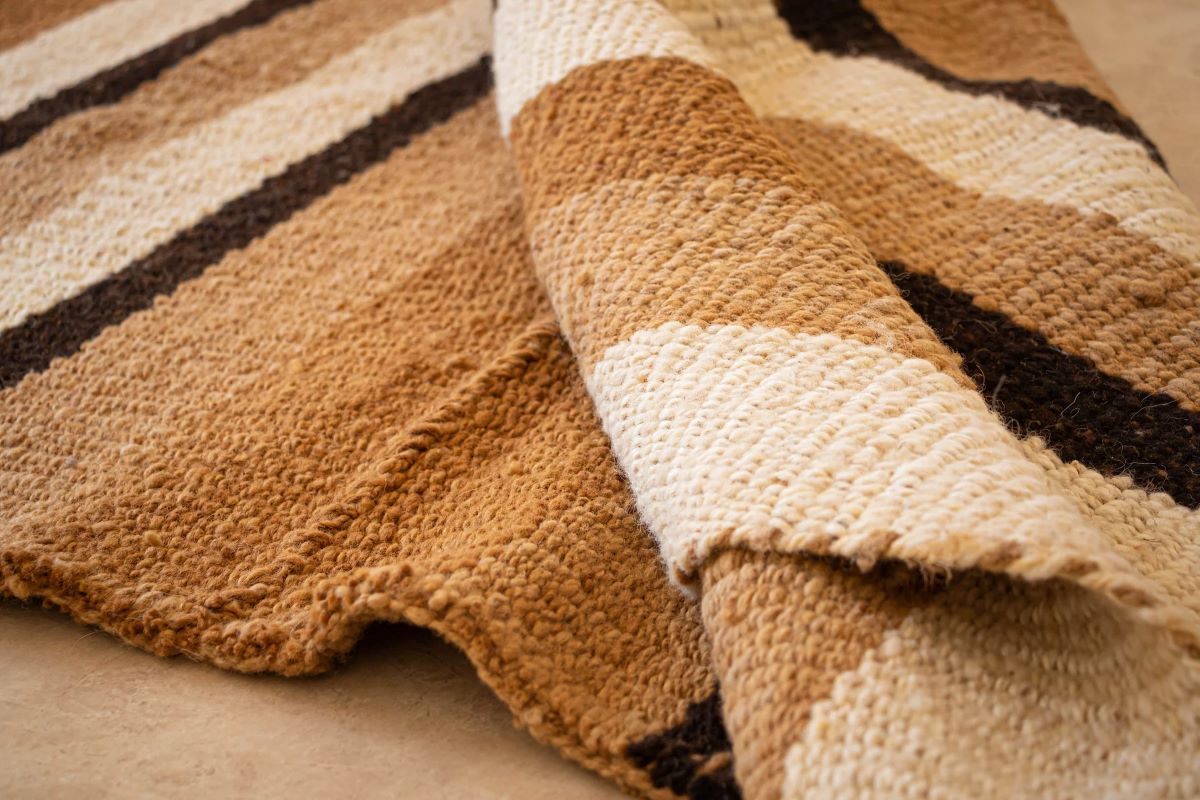





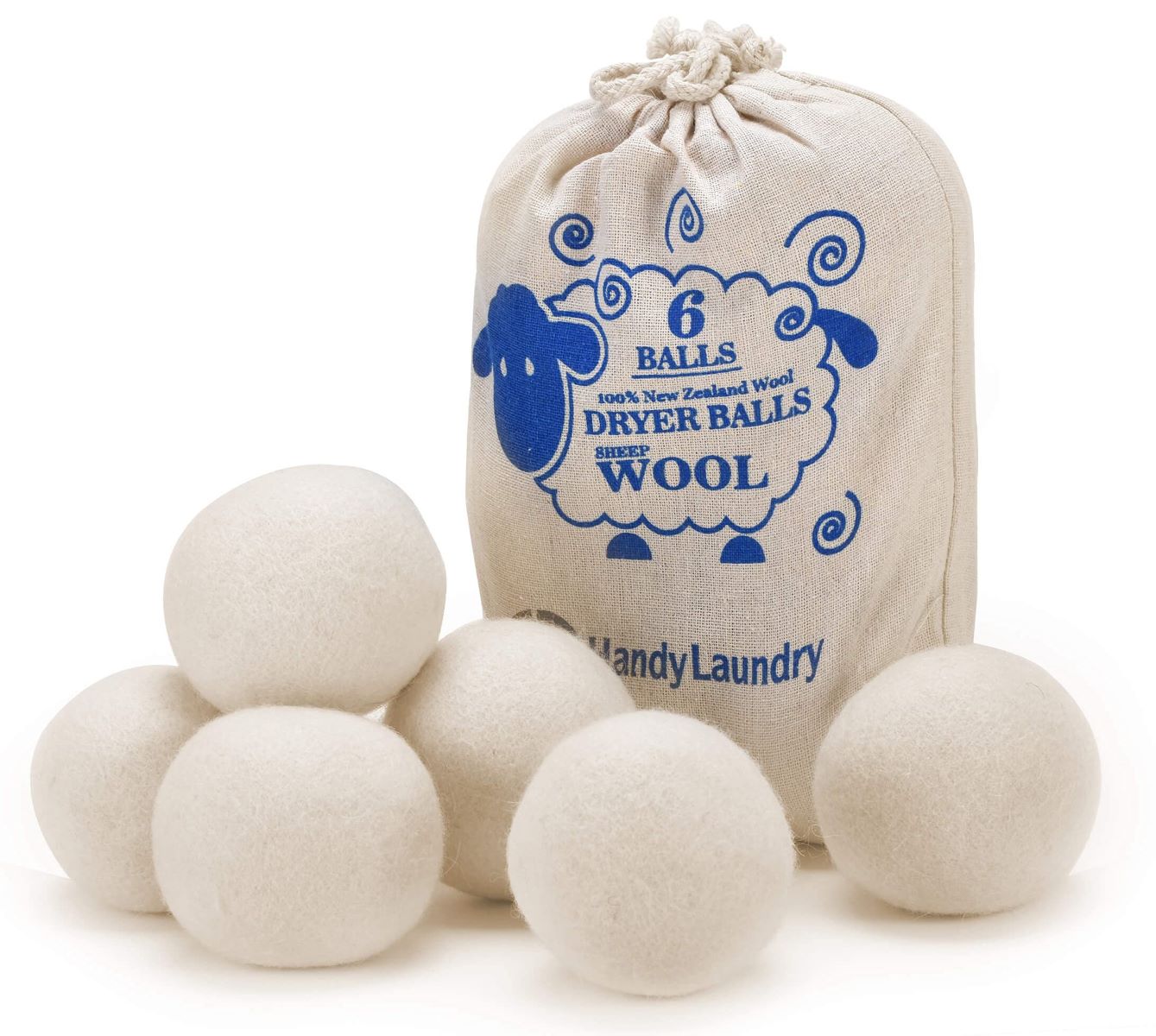
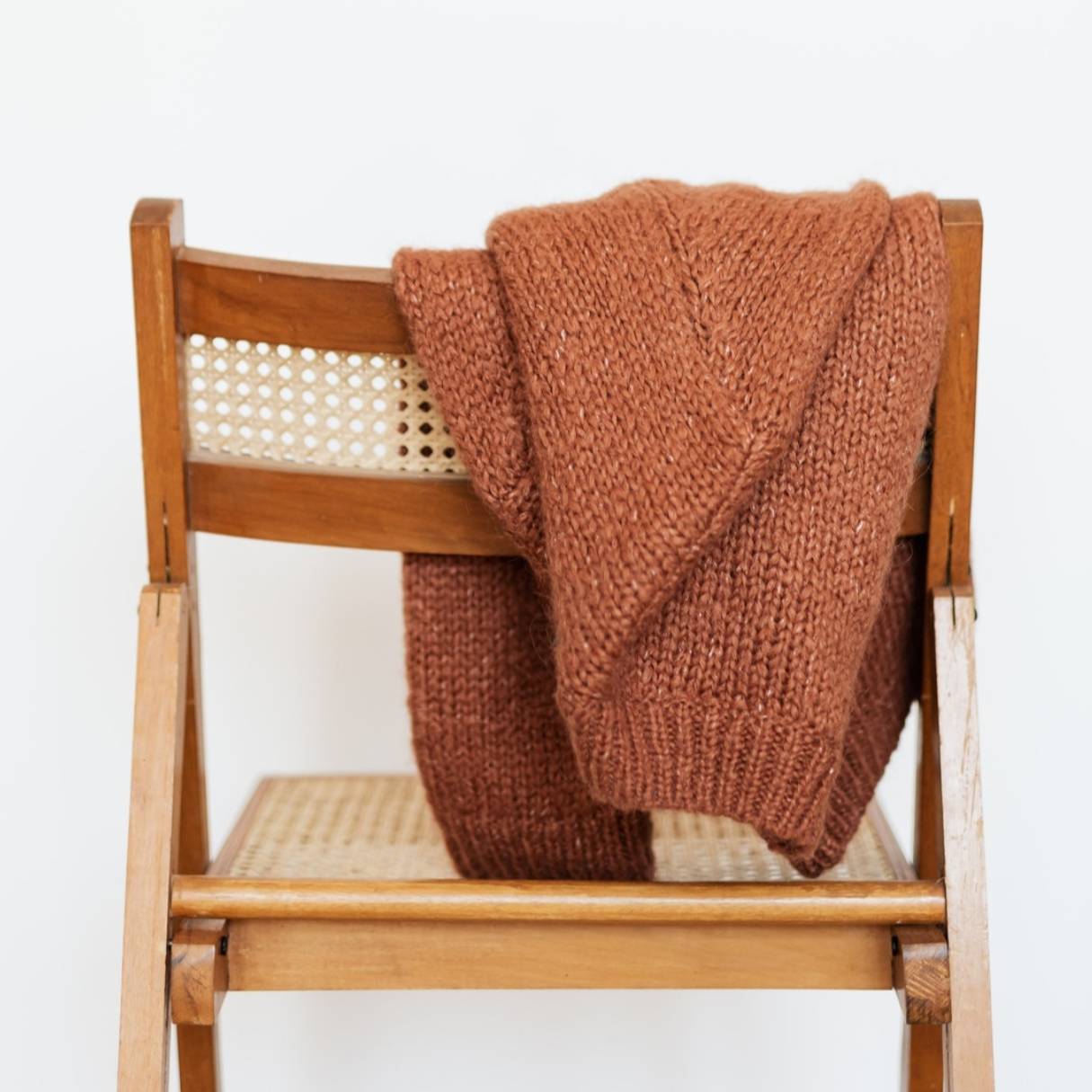




0 thoughts on “How To Store A Wool Blanket”